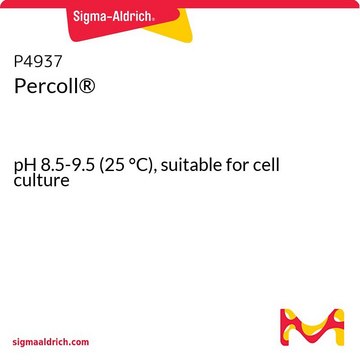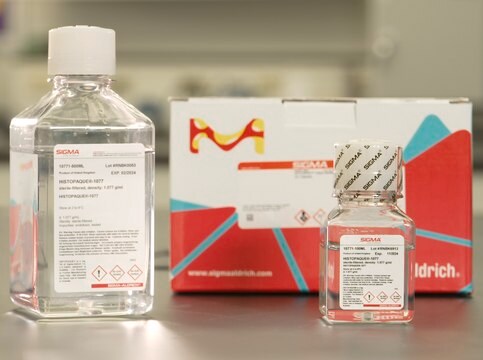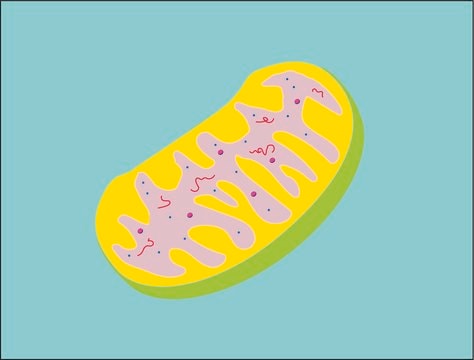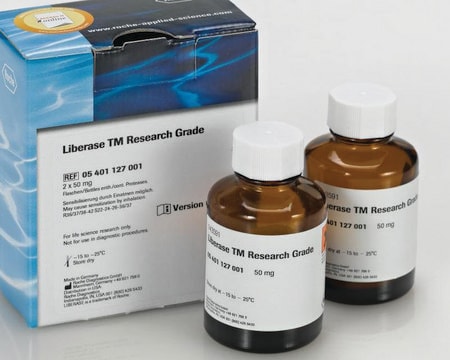추천 제품
일반 설명
The Chloroplast Isolation Kit provides an efficient procedure for isolating intact chloroplasts from plant leaves. The procedure involves mechanical cell wall and cell membrane breakage, removal of cell debris and leaf tissue by filtration, collection of total cell chloroplast fraction by centrifugation, and separation of intact chloroplasts from broken chloroplasts using a Percoll® layer or gradient.
애플리케이션
Chloroplast Isolation Kit may be used in chloroplast organelle research to isolate intact chloroplasts from plant leaves for structural and functional studies.
특징 및 장점
- Specifically formulated buffer - Saves time using easy to follow simple and proven protocols
- Isolates intact chloroplasts - Useful for studies of such processes as carbon assimilation, electron flow and phosphorylation, metabolic transport or protein targeting
- Total organelle protein complement - Useful for functional studies, metabolic transport, proteomic profiling, and genomic applications
- Convenient format - Saves time and reduces waste
적합성
The Chloroplast Isolation Kit has been tested for use with spinach, pea, lettuce, cabbage, mangold, and tobacco.
Storage Class Code
10 - Combustible liquids
이미 열람한 고객
Martha Sainz et al.
Physiologia plantarum, 140(1), 46-56 (2010-05-22)
Drought and heat stress have been studied extensively in plants, but most reports involve analysis of response to only one of these stresses. Studies in which both stresses were studied in combination have less commonly been reported. We report the
Sarah Conte et al.
Plant physiology, 151(2), 559-573 (2009-08-14)
Widespread antibiotic resistance is a major public health concern, and plants represent an emerging antibiotic exposure route. Recent studies indicate that crop plants fertilized with antibiotic-laden animal manure accumulate antibiotics; however, the molecular mechanisms of antibiotic entry and subcellular partitioning
Diana V Dugas et al.
Scientific reports, 5, 16958-16958 (2015-11-26)
The Leguminosae has emerged as a model for studying angiosperm plastome evolution because of its striking diversity of structural rearrangements and sequence variation. However, most of what is known about legume plastomes comes from few genera representing a subset of
Esau Megias et al.
The protein journal, 37(3), 290-299 (2018-05-29)
Tymovirus is a genus of plant pathogenic viruses that infects several dicotyledonous plants worldwide, causing serious diseases in economically important crops. The known cytopathic effect on the host cell organelles involves chloroplast membrane deformation and the induction of vesicles in
The Complete Chloroplast Genome of 17 Individuals of Pest Species <I>Jacobaea vulgaris</I>: SNPs, Microsatellites and Barcoding Markers for Population and Phylogenetic Studies.
Doorduin, L., et al.
DNA Res., 1-13 (2011)
자사의 과학자팀은 생명 과학, 재료 과학, 화학 합성, 크로마토그래피, 분석 및 기타 많은 영역을 포함한 모든 과학 분야에 경험이 있습니다..
고객지원팀으로 연락바랍니다.










